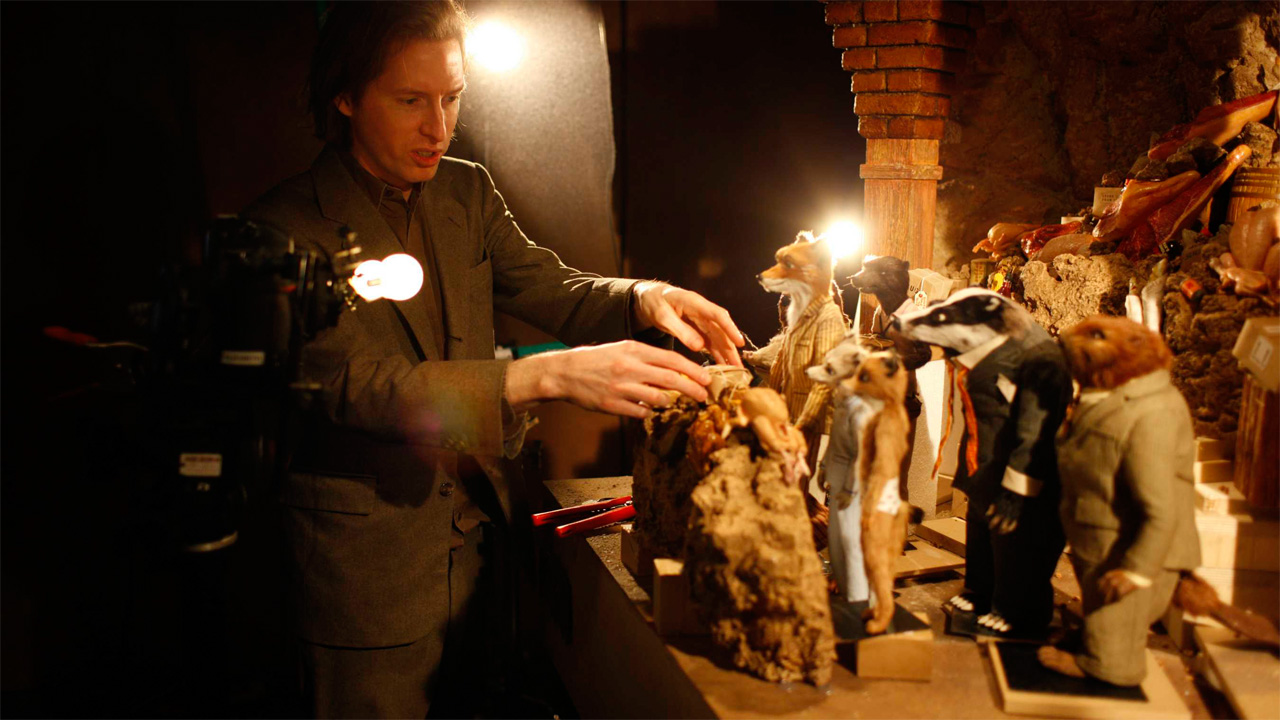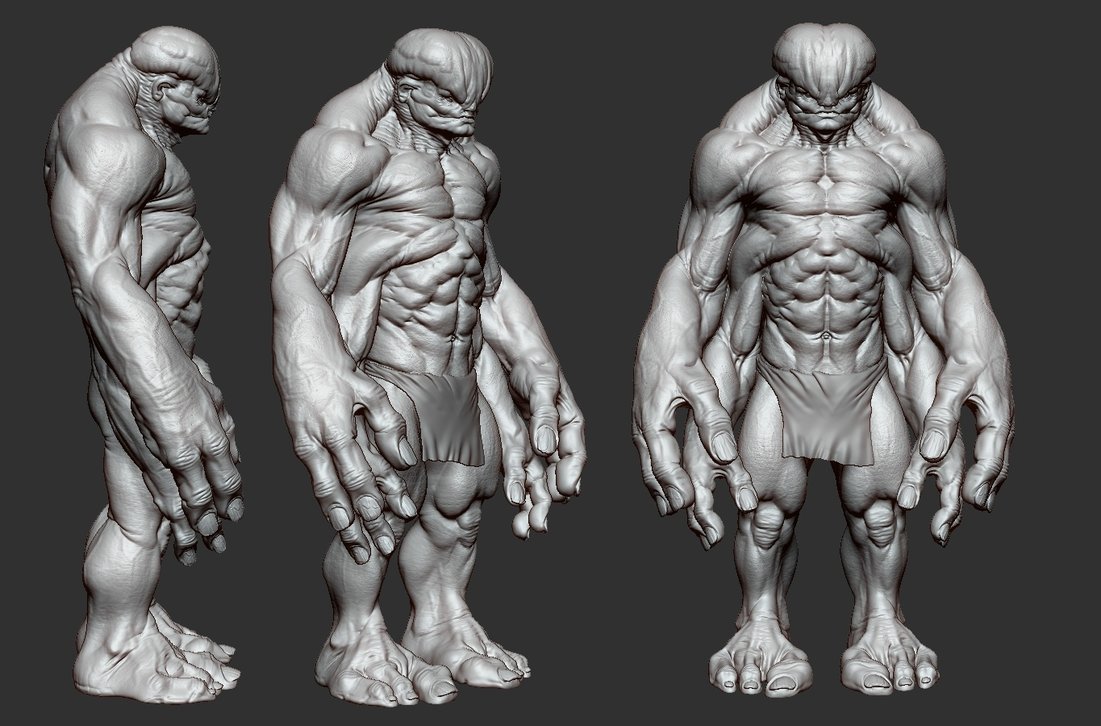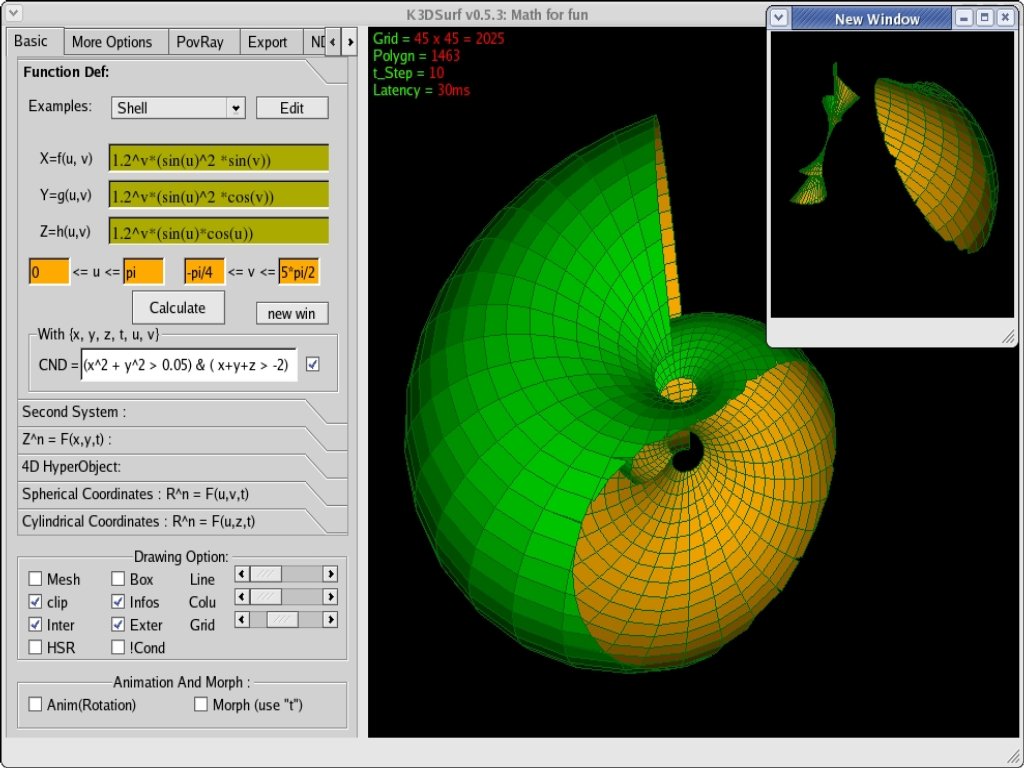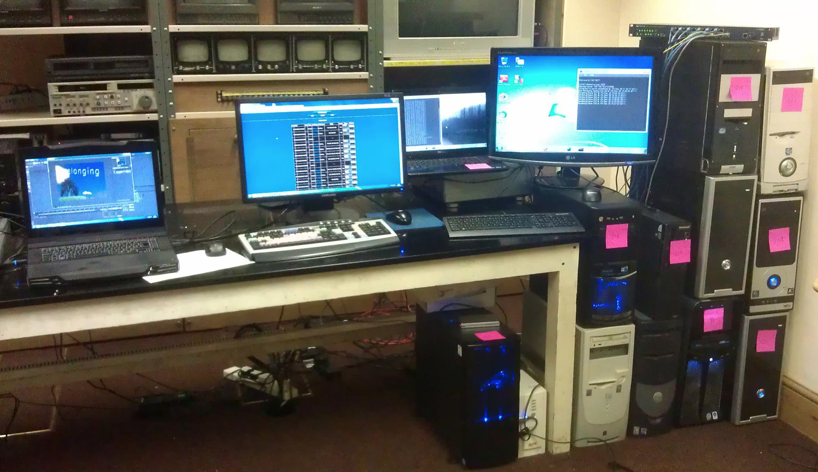To someone who is passionate about animation, gaining paid work in the field can be something of a dream come true. The only downside is getting your foot through the door in the first place, especially given that the industry – much like any creative profession – is saturated with competition.
But don’t despair. Those armed with information are better prepared for success, and you’ll find plenty of it below as we delve into the various sub-professions within, and related to, animation.
We’ve also listed the typical career paths people usually follow to break into them (for instance, is animation school a prerequisite?).
Art Director
While many industries – from publishing to marketing – employ art directors for any project or campaign that requires heavy visual elements, the role is even more prominent in animation.
An art director holds a very high position on an animation team, and most creative staff involved on a project report directly to him or her. Not only do art directors have the final say on what footage or stills are to be included in the final cut (as well as helping to coordinate and shape the entire project), but may also be required to train junior staff and manage budgeting requirements.
Art Director Career Path: Typically working up from more junior roles, with qualifications from an animation school helping accelerate the process.
Pros: Being in charge of calling the shots is often the biggest pull for art directors.
Cons: Nobody knows pressure like an animation art director, particularly one who also has to manage budgetary issues.
Stop Motion Animator

Stop motion animation is a very laborious discipline which takes an incredible amount of skill, attention to detail and, above all, patience. What sets stop motion animators aside from traditional 2D or 3D animators is that they must also set up physical rigs, usually to specification, in which to work with the models and camera equipment before using specialist software to bring it all to life in the editing suite.
Stop Motion Animator Career Path: More often than not, stop motion animators are self-taught and break into the industry gradually having honed their skills through freelance work.
Pros: The job satisfaction when you see the finished animation – usually after weeks if not months of painstaking work – is truly off the scale
Cons: The painstaking work.
3D Modeler

Working with a number and combination of industry-grade animation tools – Maya, 3DS Max and Blender to name a few – a 3D modeler works from the ground up to bring fully rendered models and environments to life. While this may sound like a fairly niche job, a skilled 3D modeler can find work not just in film and video games but also in engineering, advertising, manufacturing, architecture and many other fields.
3D Modeler Career Path: Given the steep learning curve, many modelers get their leg up onto the career ladder via 3D animation school. Internships usually follow, or the modeler can sometimes get straight into paid work if they’re based in an entertainment hotspot.
Pros: A fair amount of creative control, as well as no two days ever being the same (for the most part).
Cons: The competition for paid work is pretty stiff.
Flash Animator

Predominantly working with the Adobe suite of animation tools, Flash animators combine skills in illustration, graphic design and composition in order to create compelling 2D and 3D animation in Adobe Flash. Given the prevalence of the format in modern usage, Flash specialists are employed in just about every area in which animation is required but particularly in web applications and advertising.
Flash Animator Career Path: A standard career path for those specializing in Flash is to self-teach before seeking out freelance work.
Pros: As long as Flash is as popular as it currently is, work is plentiful for a skilled Flash animator.
Cons: If you work in web advertising, client demands can get almost comically outrageous at times. A lot of work is being outsourced overseas, too, leading to greater competition at lesser rates than previous years.
Compositing Artist
Compositing artists hold a great degree of responsibility over the final appearance of an animation, working closely with the other animation staff (particularly SFX specialists, lighting and texture directors) in order to add a layer of polish and keep the entire project looking consistent. If you’ve ever been impressed by the stylistic quality of an animation, that’ll probably be the work of one or more compositing artists.
Compositing Artist Career Path: There are numerous routes to becoming a full-time compositing artist, and while many studios hire professionals who have undertaken specialist study in this area, it’s usually a case of working up from a junior animator or SFX level.
Pros: An opportunity to use your artistic flare to the fullest and leave your own creative stamp which is immediately apparent in the final animation.
Cons: It’s an under-appreciated artform, and you’ll be forced to satisfy the demands of numerous departments.
Storyboard Artist

While not strictly a branch of animation, storyboard artists usually work hand-in-hand with animation and/or filmmaking teams to help map out a story from start to finish long before work starts. Taking input from writers and directors, it’s the storyboard artist’s job to produce conceptual artwork from stills from which the production team can work – given that a skilled artist can save everyone else an exceptional amount of time (and, ergo, money), they’re highly sought after on film shoots, traditional animation, music videos and commercials.
Storyboard Artist Career Path: Like many professions in the creative industry, it’s all about having a solid portfolio and leveraging connections. This can take years of working on smaller projects for very little (or no) money, but studying the craft at illustration school can help you get there quicker.
Pros: Getting to be pretty much the first person to start the transformation process from written script to polished animation.
Cons: Being sandwiched between a director making demands and an animation team trying to make sense of the whole project.
Mathematical Modeler

Arguably the most specialized branch of animation in the industry (and with a commensurate pay scale to go with it.) As the name suggests, a mathematical modeler uses complex formulae in order to generate equally complex models for use within animation; typically this skillset is mainly used in precise engineering such as aeronautics, but the increasing advancements in video gaming have seen a call for such specialists in recent years.
Mathematical Modeler Career Path: Intensive. A degree in math, engineering or similar is virtually essential, and coupling it with a program specific to 3D animation and modeling doesn’t hurt either.
Cons: Have fun digging through 20,000 lines of code to find the one mistake causing the model to act that way.
Forensic Animator

Declaring that you’re an animator will usually fire up interest and conversation at a party, but being a forensic animator is guaranteed to turn heads.
Pretty much exactly as it sounds, a forensic animator will utilize his or her unique skills to help investigators piece together crime scenes and collate evidence for presentation to a jury. Forensic animators are also used often in insurance and/or liability claims, requiring strong experience in both 3D and 2D animation as well as terragen software in order to recreate real life locations and scenarios.
Forensic Animator Career Path: An already established animator can transfer over to forensic animation via specialist courses, but be warned: your flashy portfolio of superb SFX won’t do you any good since the field calls for technical attention to detail over dramatic embellishments. A criminal record will kill this career dead in the water, too.
Pros: As you can expect, playing an instrumental part in solving crimes is its own reward.
Cons: It’s not quite as ‘CSI’ as most people think, and it can take a strong mind (and stomach) to deal with some of the work you’ll undertake.
Render Wrangler

When an animation is complete, somebody needs to make sure it is rendered down into a format fit for public consumption. That’s where a render wrangler comes in.
Modern animations typically comprise of many terrabytes of data per minute; this necessitates entire banks of computers to provide both the RAM and storage required to handle the rendering, and it’s entrusted to the render wranger (sometimes referred to as a data wrangler) to come up with workable solutions to facilitate this.
Render Wrangler Career Path: Computer science skills a must; animation knowledge secondary.
Pros: If you dream in zeroes and ones, this job is the epitome of high-powered computer geekery.
Cons: Trying to explain to non-technical staff the limits of what’s achievable. The pay is also fairly dire.
Texture Artist
Texture is an often overlooked aspect of animation, but it’s also one of the most crucial.
As one can imagine from the title, a texture artist concerns him or herself with the finish of any models (and sometimes terrain) to be featured in the animation. Often the main goal is to achieve a realistic look, but texture artists may also have to use all their graphic skills to create effects not usually found in nature.
Texture Artist Career Path: Texture artists typically come from a graphic design school background, becoming proficient in texture creation first and foremost before transferring those skills to the animation sphere.
Pros: As well as always having to push your own boundaries to get results, if you enjoy using artistic skills to solve logical problems, this is the job for you.
Cons: Sometimes spending many hours just to get one particular texture on one character right, which may only get half a second of screen time.
Ready to learn more about future possibilities in the world of 3D animation and visual effects? Check out NYFA’s Animation School for program offerings, and apply today!
See Also: Filmmaking, photography and broadcast journalism guides for jobs in other fields.
Develop an understanding of the principles of animation and visual effects and earn a degree with NYFA’s BFA in Animation program. Visit our Animation BFA program page to learn more and get started.

